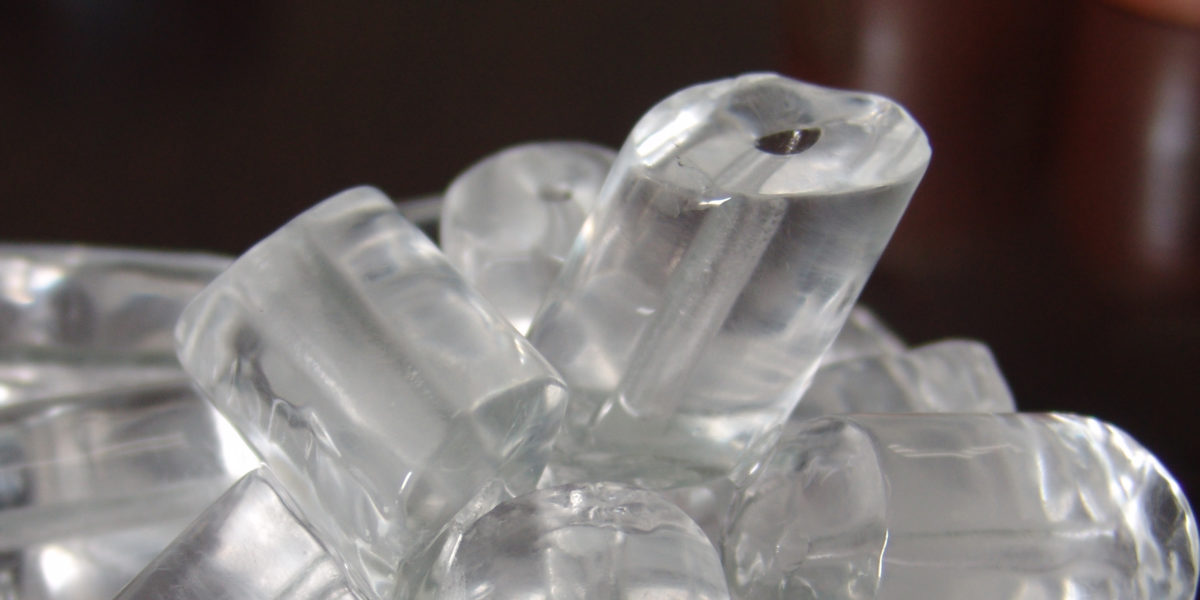
General disclaimer: I am a licensed physical therapist and this article includes up to date medical research. However, online articles are absolutely no substitute for actual medical care and it is always recommended that you seek medical attention following any sports injury.
Most athletes are aware of the R.I.C.E. protocol to treat injuries, which was developed way back in 1978. For reference, this is the year UCSB beat Cornell 23-17 for their second consecutive national title, and one year before the UPA was officially formed. Putting that in perspective, you can see why it’s time for an update!
R.I.C.E. stands for:
Rest
Ice
Compression
Elevation
When you have an injury, your body naturally brings inflammatory cells and proteins to the damaged tissue. These cells release a hormone into the tissue to help it heal. Long-standing advice was to rest the body part and to apply ice immediately and frequently in order to reduce inflammation and swelling. However, recent research studies are now questioning the use of both complete rest and ice because they may actually delay healing, instead of helping.
Why do we use ice?
Traditionally we use ice to decrease swelling and for pain relief. The ability to decrease swelling is immediate and visible, and for some athletes with mild injuries, use of ice can allow them to get back into the game for the rest of the day.
What’s wrong with ice?
- Restricts blood flow
- Some studies show that applying ice to injured tissues can restrict blood flow and reduce your body’s ability to bring in those helpful inflammatory cells and that this restricted blood flow can last for hours after you have removed the ice from the tissue[footnote number=1]Khoshnevis, S., Craik, N.K., and Diller, K.R. Cold-induced Vasoconstriction may persist long after cooling ends: an evaluation of multiple cryotherapy units. Knee Surg sports Traumatol Arthrosc 2015 Sep; 23(9): 2475-2483[/footnote]
- Decreases ability to heal muscles properly
- Emerging evidence in animal studies has show that even one 20 minute application of ice may lead to decreased regeneration of muscle fibers and more abnormal scar tissue formation one month after injury[footnote number=2]Takagi, R, et al. Influence of Icing on Muscle Regeneration After Crush Injury to Skeletal Muscles in Rats. J of App Phys. February 1, 2011 vol. 110 no. 2 382-388[/footnote]
- Reduces short term sport performance
- Ice can have short-term negative effects on strength, speed, endurance and coordination immediately after cooling [footnote number=3]Nemet D, Meckel Y, Bar-Sela S, Zaldivar F, Cooper D, Eliakim A. Effect of local cold-pack application on systemic anabolic and inflammatory response to sprint-interval training: a prospective comparative trial. European Journal of Applied Physiology. November 2009, Volume 107, Issue 4, pp 411-417[/footnote] [footnote number=4]http://www.drmirkin.com/fitness/why-ice-delays-recovery.html[/footnote]
- Use of ice encourages decreased activity level and “over resting”
What’s wrong with resting?!
For many years, coaches, trainers, therapists and surgeons prescribed immobilization techniques and absolute rest while avoiding weight bearing or movement after an injury out of fear of long-term damage. However, current practice guidelines for most injuries encourage protected movement in a safe range of motion for the damaged tissue, protected weight bearing with use of bracing, taping or assistive devices, and gradual return to activity. So while you should still rest in terms of not playing ultimate right after an injury, most of the time it is OK to start moving and using the injured part.
Think about the way muscles grow and shrink – by working out, you apply an appropriate load and the muscle gets bigger. If the load is too much, the muscle fails and you get injured. If the load is too small, the muscle shrinks and weakness occurs. Most body tissues work the same way – there is an intermediate amount of loading or stress that is ideal.
When you’re injured the required amount of stress decreases significantly, so it takes a smaller load to cause additional damage but some amount is still necessary for the tissue to respond positively. Completely refusing to move or use an injured body part, aka “over resting”, can lead to long term consequences such as joint stiffness, scar tissue buildup, chronic swelling, and muscle atrophy, while the right amount of stress will encourage tissue healing without over stressing the tissue and causing greater injury. If it hurts too much to move, you likely have a more serious injury and need to seek medical attention.
Take home message:
As you may already know, with any serious injury that causes symptoms like blacking out, confusion, inability to bear weight/walk, broken bones, or open wounds, etc, the athlete needs immediate emergency medical attention.
If the injury is less serious, consider limiting use of ice to only the amount needed for pain relief.
If the injury is very mild and you plan to return to play, try to limit ice use to 5-10 minute spurts and warm the tissue up thoroughly before getting back on the field to avoid decreased performance.
Compression and elevation are still considered standard and appropriate treatment.
Compression, elevation, and gentle motion will reduce swelling without the negative effects of using ice. Gently move the injured part in non-painful ranges as long as it does not increase your discomfort. Braces and assistive devices can be used to decrease load on injured joints and muscles.
Long-term, your best strategy is always to be treated as soon as possible by a physical therapist, orthopedic physician or athletic trainer who has the appropriate training and certifications to assess your individual injury and maximize your recovery.










Comments Policy: At Skyd, we value all legitimate contributions to the discussion of ultimate. However, please ensure your input is respectful. Hateful, slanderous, or disrespectful comments will be deleted. For grammatical, factual, and typographic errors, instead of leaving a comment, please e-mail our editors directly at editors [at] skydmagazine.com.